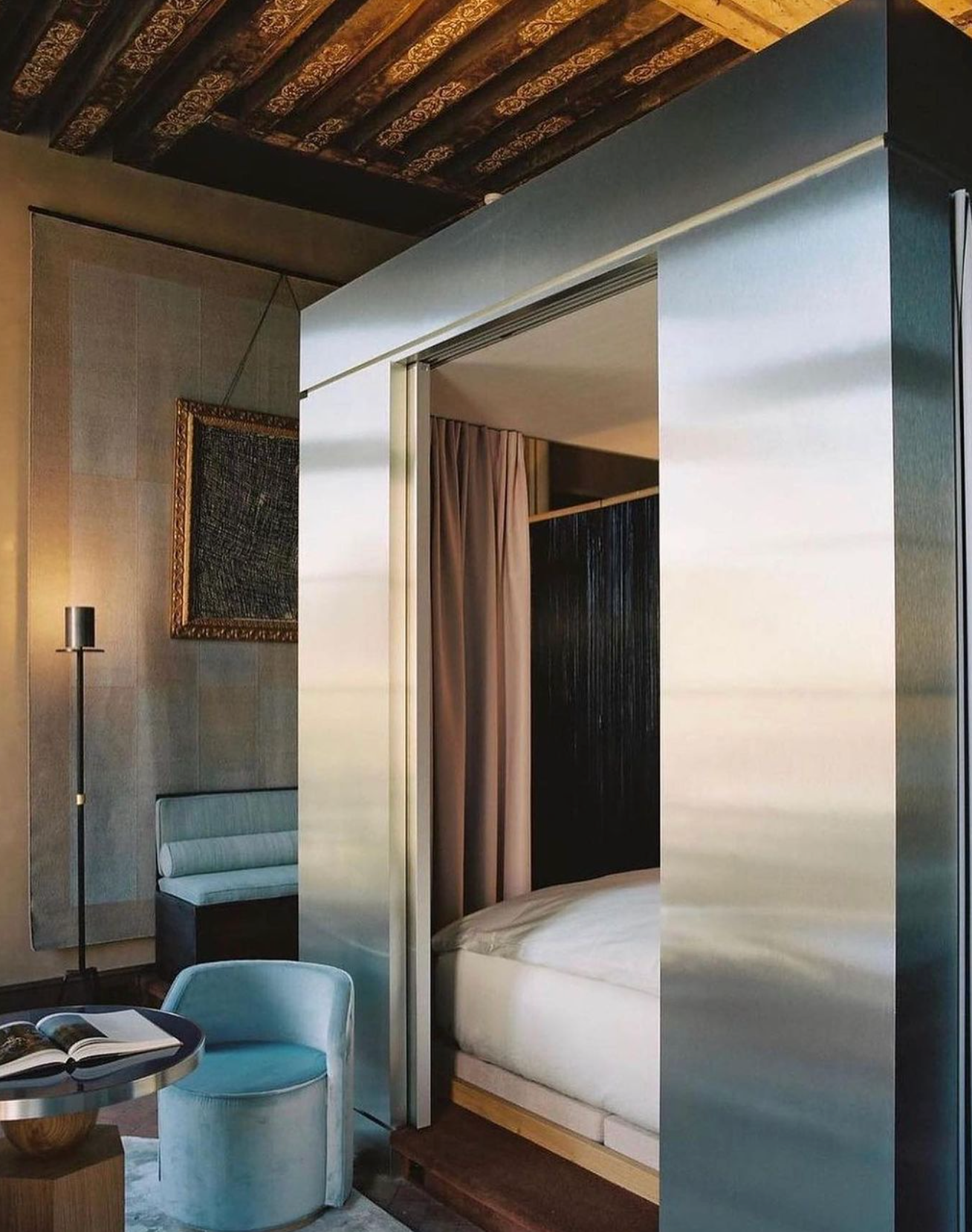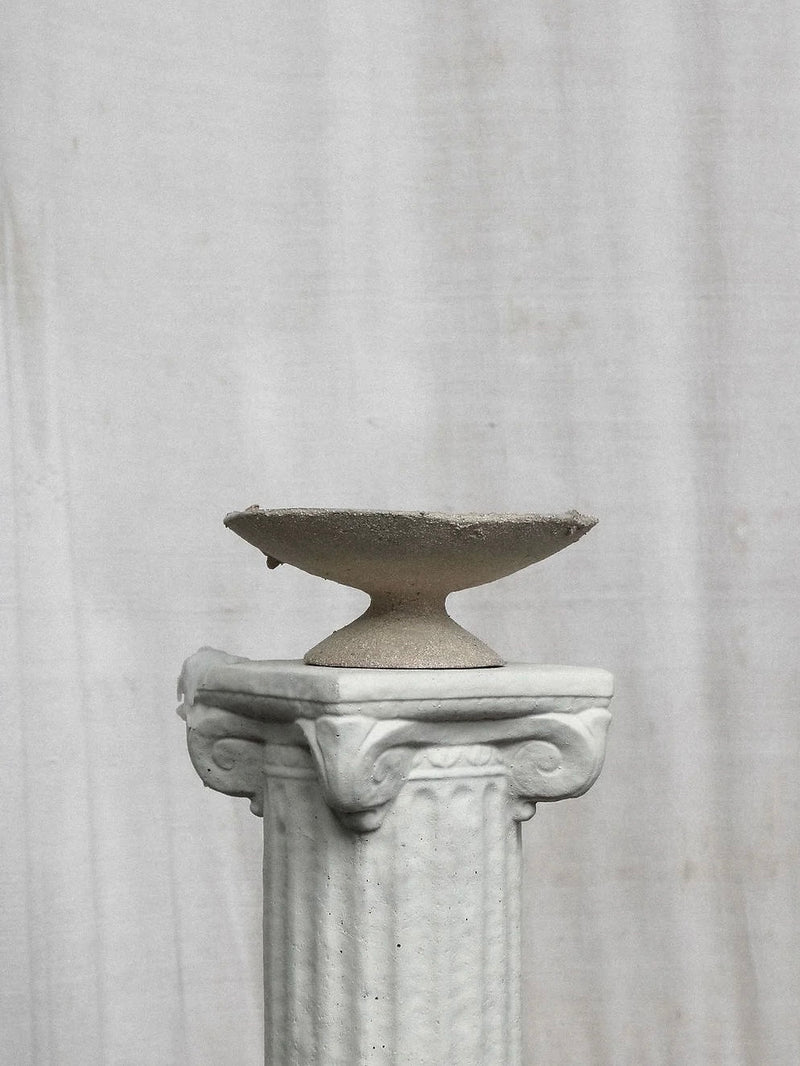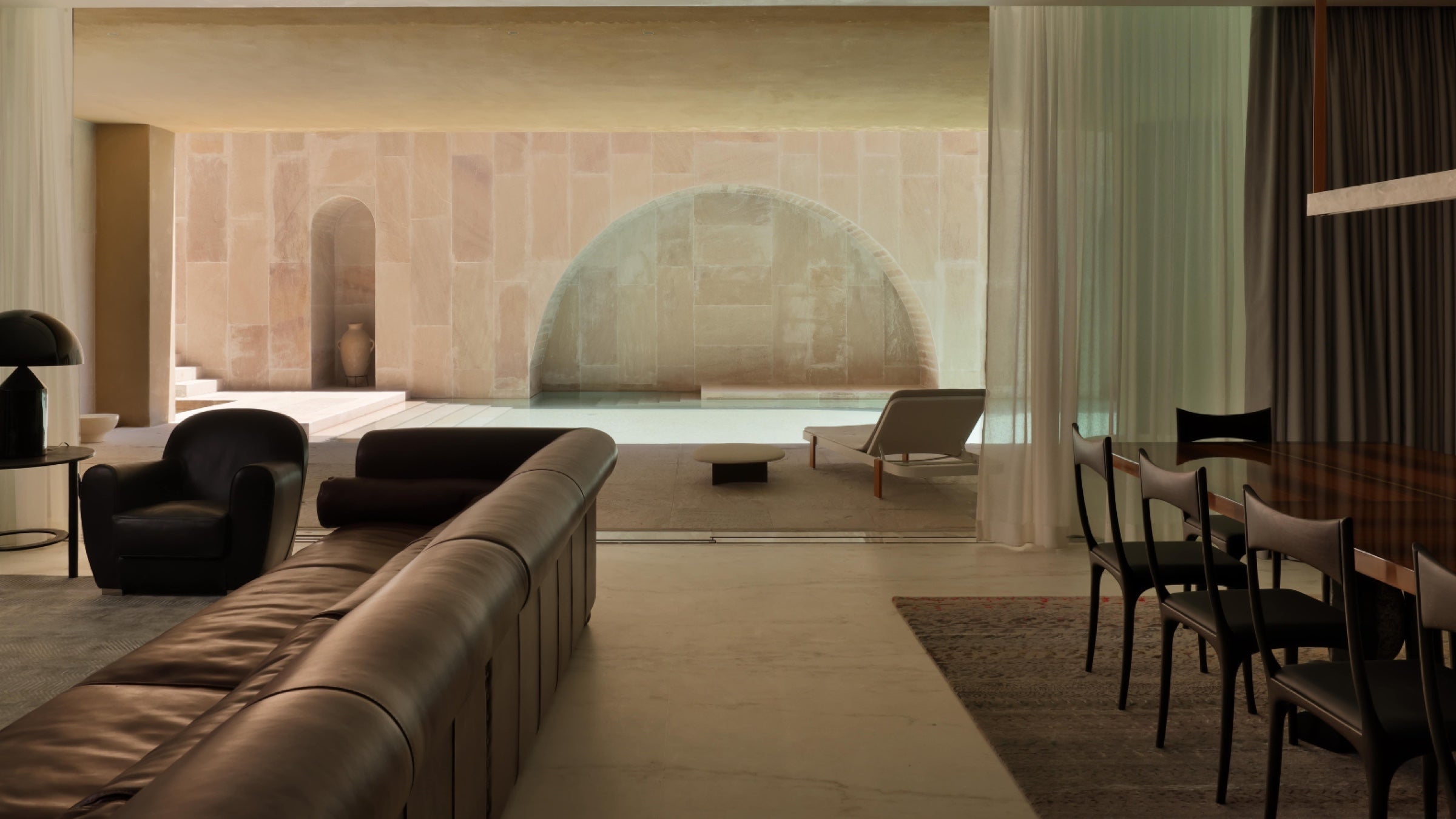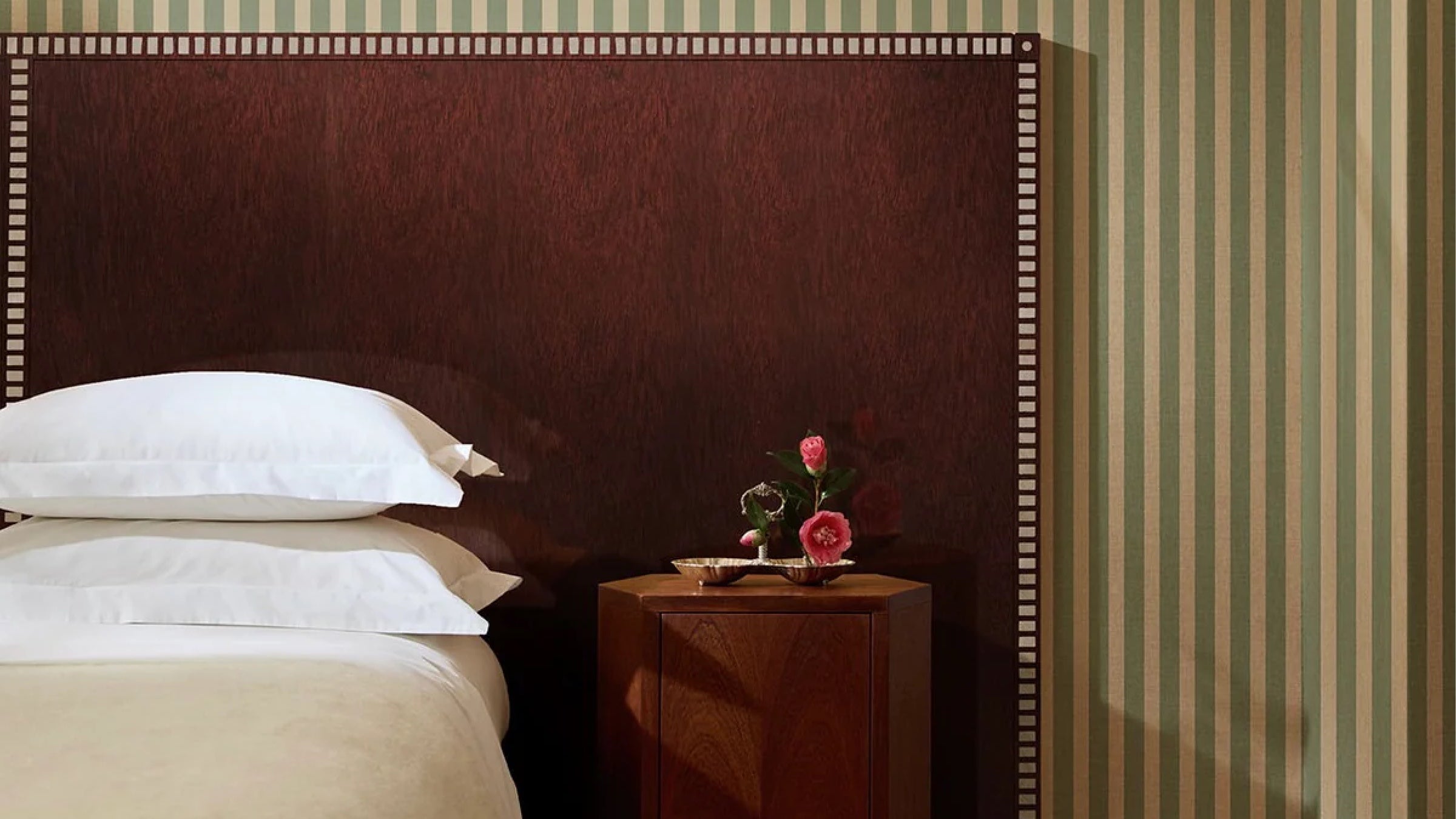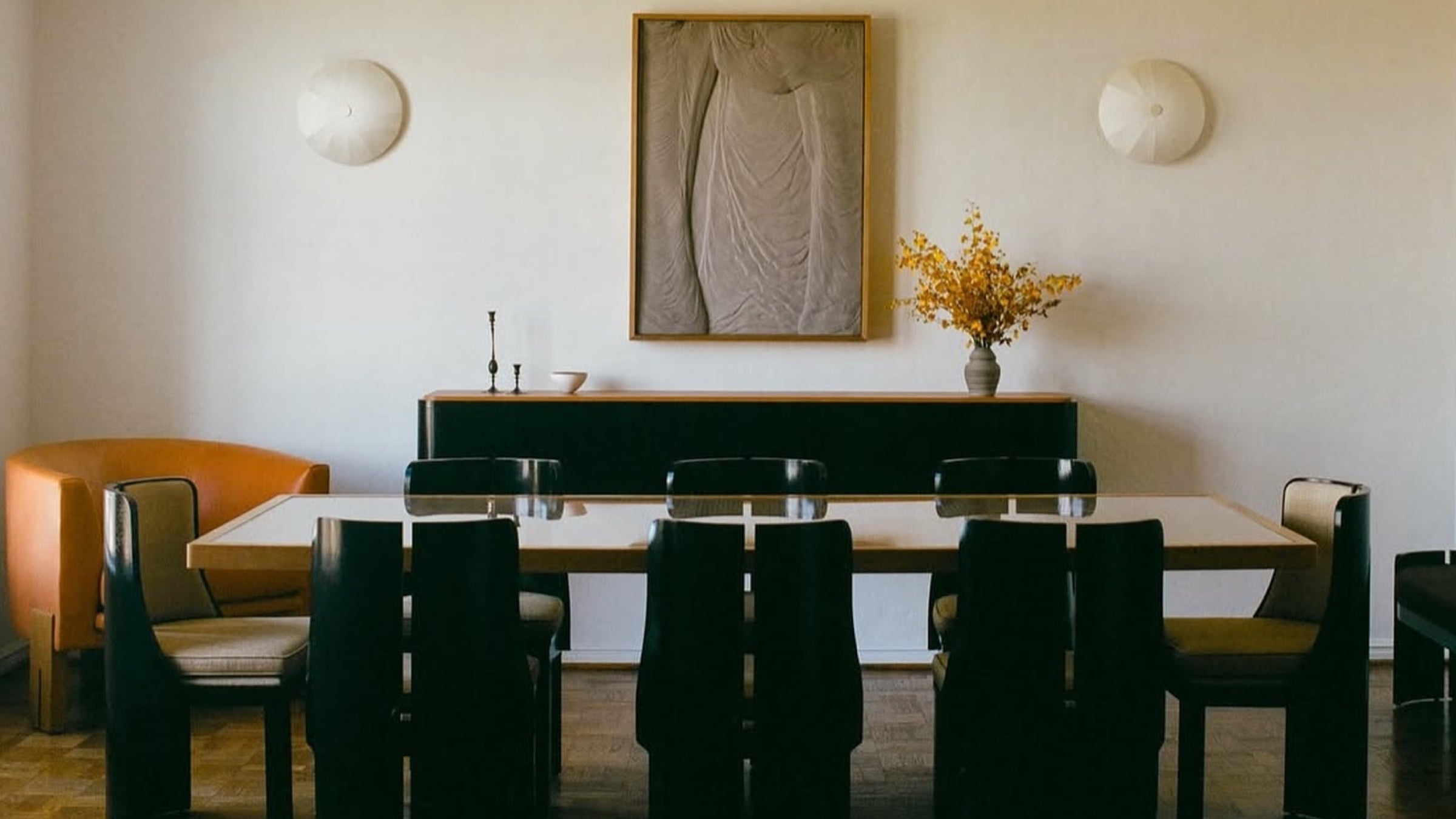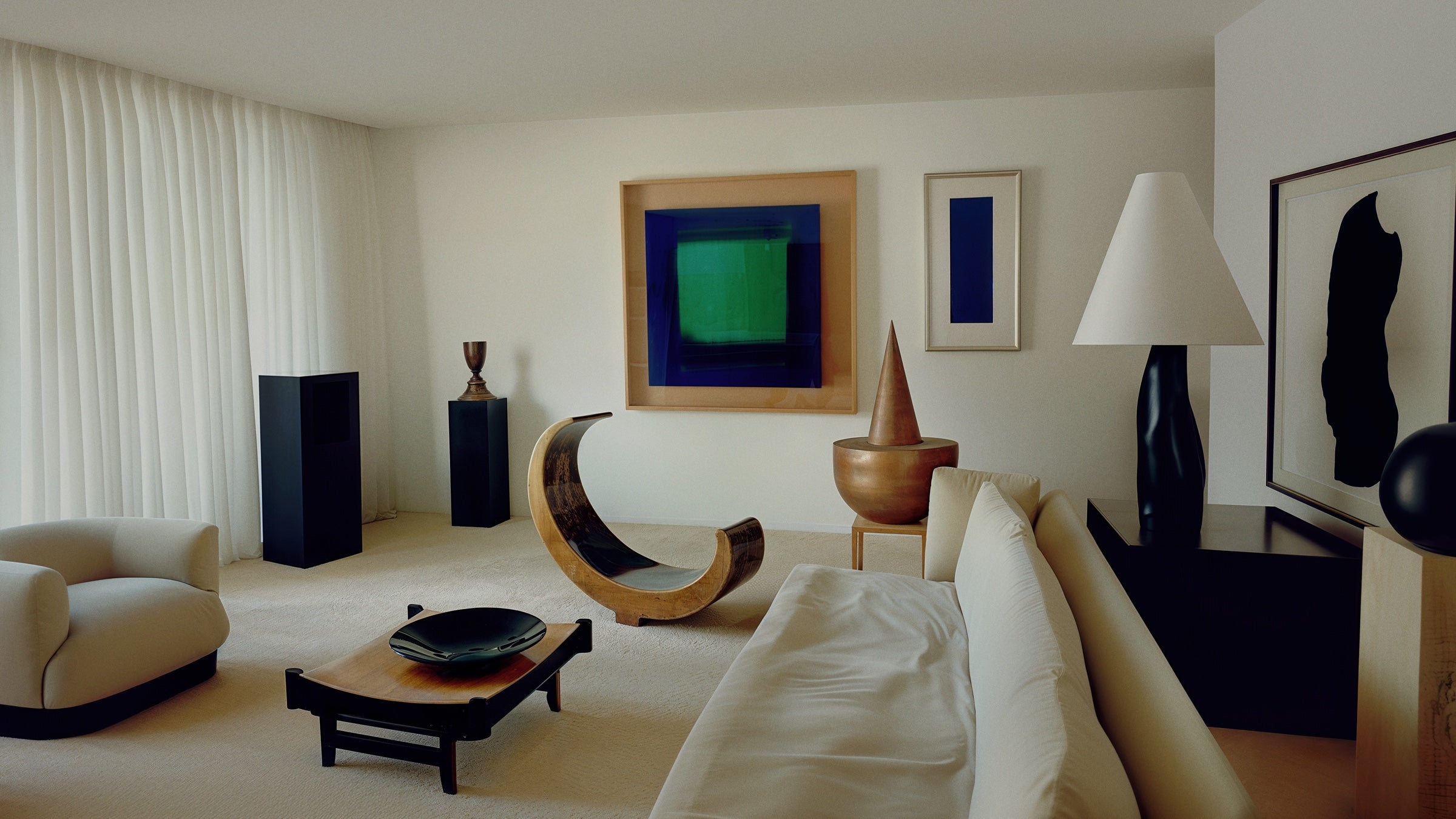Decoding interior design starts with personal taste and ends with a space that feels unequivocally yours. Through this guide, we’ll illuminate the path from assessing your design preferences to choosing the right elements for functional, vibrant living. Expect to uncover the intersection of current trends and timeless advice, culminating in interiors that echo your unique narrative.
Key Takeaways
-
Identifying personal taste, deeply understanding one’s lifestyle, and open communication with a designer are essential steps to creating a space that reflects individual preferences and ensures functionality.
-
Incorporating unique elements such as artwork, statement furniture, and strategic use of colors and patterns is key to customizing a personal and expressive living space.
-
Staying informed about current interior design trends and thoughtfully mixing design styles can help maintain a contemporary edge while blending different elements to reflect personal style in your home.
The Best Interior Designers Make it Look Easy
Designers create spaces anticipating the needs, or capturing emotions using a broad range of technical and artistic skills. Since the 20th century the Interior Design profession has dramatically changed over the last few decades. The interior design team should also know: Interior Designer works with contractors, architects, craftspeople, furniture dealers and business owners. The best interior designer requires a comprehensive knowledge and a broad range of skills.
Understanding Your Taste in Interior Design

Understanding your personal style in interior design is a crucial step towards creating a space that truly reflects your individual preferences and character. One effective way to determine this is by drawing inspiration from the colors and designs of interiors you like, reflecting on past décor decisions, as well as incorporating elements that reflect your interests and hobbies.
Your unique taste plays a vital role in shaping the overall atmosphere of any room, including the dining area. It dictates everything from color schemes to textures and layout choices – whether you want it cozy or lively for entertaining guests. Communication with an interior designer regarding specific requirements and desired vision allows them to select suitable materials while staying within budget constraints, also considering options for decorative arts integration tailored specifically for you.
Analyzing Your Lifestyle for a Functional Space
The process of interior design involves examining one’s lifestyle in order to create a functional and practical space. This includes understanding the purpose and usage of the area, as well as adhering to building codes, allowing designers to effectively plan for furniture arrangement, storage options, and layout that will maximize functionality and enhance overall user experience within the designated space. Such considerations are especially important in hospitality design, where creating welcoming environments is key. With proper technical knowledge and skills, designers can ensure every aspect of the space is strategically planned out.
When evaluating your lifestyle for interior design purposes, it’s crucial to take into account how you live day-to-day - both at work or play - within your home environment. Considering elements such as graphic designs allows them to be incorporated into the overall aesthetic while also serving their intended function.Through this analysis process, lifestyle greatly impacts factors like striking a balance between beauty vs functionality, purposeful utilization of various areas, and efficiently organizing & optimizing available spaces.
Personalizing Your Space with Unique Elements

After grasping your taste and lifestyle, the subsequent move is to add a personal touch to your space with unique elements. This can be done in several ways, including incorporating artwork and collections, choosing statement furniture pieces, and using color and patterns to personalize your space. These methods will be discussed in detail in the following subsections.
Incorporating colors, prints and patterns, for instance, is one way to customize a space. By selecting a palette of one to three colors and designating one as the dominant pattern in the room, you can create a visually appealing space. On the contrary, statement furniture assumes a vital role in interior design, standing out as a room’s focal point.
Incorporating Artwork and Collections
Integrating artwork and collections into your interior design can bring personality to a room while also reflecting your personal interests and experiences. There are various ways to incorporate art, such as considering its size and style, combining different forms of art, using it for functional purposes, or arranging it creatively on walls.
The collection and placement of artworks is crucial in setting the mood of a space. It adds visual appeal, elicits emotions like serenity or excitement, becomes a focal point within the room’s layout with balance and unity established through strategic arrangements on walls.
Choosing Statement Furniture Pieces
In interior design, console tables hold a significant role as statement furniture pieces. They are key in transforming an ordinary room into an exceptional one by capturing attention and adding practicality.
When choosing such furniture, it is crucial to consider the dimensions of the table in the room along with elements like color, texture and shape. By taking these factors into account, you can select standout pieces that enhance the overall aesthetic of your space.
It is essential for statement furniture to complement existing decor and furnishings while creating a balanced atmosphere. This will ensure harmony in style within your home, office or any other type of living environment.
Using Color and Patterns to Personalize
Introducing color and patterns into your living space allows for a touch of personalization, giving you the opportunity to showcase your creativity. By implementing principles of color psychology in interior design, one can effectively create specific moods and atmospheres within their walls. For instance paint, incorporating shades such as blue – considered cool-toned – can evoke feelings of intelligence, serenity, and loyalty.
Patterns offer another avenue for adding interest to an area by utilizing various elements like pillows or rugs with intricate designs. Similarly, integrating wallpaper, crown moulding or ceiling patterns adds depth to any given room while keeping things visually captivating from floor to ceiling.
Finding Inspiration from Top Design Styles
Exploring popular interior design styles can provide great inspiration for designing your own space. In recent years, several prominent design trends have emerged such as:
-
Use of curved elements
-
Incorporation of textures
-
Nature-inspired themes
-
Retro influence from the 70’s era
-
Utilizing shades of green in décor
-
Warm neutral tones and layering texture
These current trends offer a fresh and modern aesthetic to elevate your home’s style.
Each distinct design style possesses its unique characteristics. For instance, Scandinavian interiors are recognized for their simplistic clean lines, cozy fabrics, incorporation of plants, and an abundance of natural light. Alternatively, the industrial trend showcases exposed features with metal or concrete finishes along with high vaulted ceilings.
By incorporating these various styles into our spaces, we can create a stylish atmosphere while still enjoying plenty of natural light throughout our homes.
Trying Before Finalizing: Visualizing Your Space
Before finalizing your design decisions, it is essential to have a clear visualization of the space. This plays a crucial role in the interior design process. Integrating visualizations into the designing phase allows designers to effectively communicate their ideas, identify and solve potential problems, and improve the overall concept before its completion.
Mixing and Matching Design Elements

Merging different design elements with skill can allow for a distinctive and varied space that reflects one’s personality and preferences. Integrating materials, patterns, and colors is an important aspect of interior design, which involves the curation of a unique style within a given area.
To effectively combine various styles in interior design, it is crucial to maintain cohesion throughout the space. A neutral base serves as an ideal foundation while using color intentionally can unite diverse styles. Paying attention to scale also contributes to successful blending, such as incorporating modern aspects with traditional or bohemian accents with mid-century pieces.
Adhering to a dominant style ratio and limiting the color palette are essential guidelines when merging multiple designs into one cohesive look. Finding unifying patterns helps create harmony among varying elements while making standout items focal points adds character to the overall aesthetic. Matching wood types aids in achieving cohesiveness within this artful process.
Making Your Decision: Choosing the Right Design Style
Concluding the interior design process involves selecting the appropriate interior design profession and style. Your personal taste has a considerable influence on the selection of an interior design style. Developing and embracing your individual taste can result in a more gratifying and customized living space.
Key factors to consider when choosing an interior design style include:
-
Your objectives
-
Style preferences
-
Financial resources
-
Style influences
Additionally, evaluating your requirements, identifying your style preferences, and investigating various interior design styles can be beneficial.
Collaborating with Professional Interior Designers
Collaborating with experienced interior designers within the field of interior design can bring many advantages, including valuable insights and guidance to help achieve your desired aesthetics and functionality. These professionals have a wealth of knowledge from their professional practice, which simplifies the process for reaching your vision.
Working with an interior designer gives you access to their expertise and unique creative perspectives. Their skills and vision can greatly enhance any project by adding depth and creativity in communication between clients, contractors, suppliers, and other collaborators. This collaboration also opens up opportunities for strategic partnerships that add Value to the overall outcome.
To find a suitable interior designer it is recommended doing thorough research on local designers first before making a decision. Try exploring online portfolios or websites as well as checking out their social media pages. This will provide insight into previous work experiences they have had. Now determine if these designers are able to transform your ideas into reality effectively through careful evaluation of their portfolio. For best results, it is important that both parties share similar visions. Thus choosing someone who aligns well with what you envision holds high importance when selecting an interior designer suited to meet your needs and preferences. Planning ahead ensures effective execution.
Staying Up To Date on Interior Design Trends
Staying updated on the latest home decor trends is essential in sparking creativity and maintaining a modern feel in your space. These design trends are constantly evolving due to emerging influences from art, architecture, and current events.
Global factors such as innovative materials and fabrics, collaboration among designers, cultural appreciation through fair trade practices, and utilization of lighting have a significant impact on shaping interior decoration and design styles. This allows for incorporation of diverse elements influenced by culture, environment, and technology from all over the world into home decor.
By keeping up with these ever-changing influences and incorporating them into our designs, we can create unique spaces that reflect global inspiration while also staying relevant to contemporary aesthetics. Architecture plays an important role in this process by providing new forms of structure that allow for creative interpretation within interior design.
Finding Inspiration and Collaborating with Designers
By taking into consideration your personal taste, analyzing how you live and customizing your environment with unique details, you can achieve a space that truly reflects who you are. To find inspiration for interior design styles, visualize the layout of your space before finalizing any design choices and mix different elements to create a personalized look. It’s important to carefully select the right style for yourself by staying up-to-date on top trends in order to collaborate effectively with professional designers throughout the process.
Frequently Asked Questions
What does interior designer do?
Designers of interior spaces use their expertise to craft functional, secure, and visually appealing indoor areas. They accomplish this by determining the necessary spatial needs, selecting essential elements and taking into consideration aspects such as color schemes, lighting choices and materials. Familiarity with blueprint reading is also crucial for these designers.
Is interior design career worth it?
A profession in interior design can be highly valuable due to its potential for a lucrative income, the opportunity to assist individuals in revamping their environments, job stability, education and room for advancement within the industry. This career path offers avenues for artistic expression as well as working on projects that align with personal interests.
Is it hard to get into interior design?
Without previous work experience, entering the interior design industry can pose a challenge for aspiring designers. To gain necessary skills and knowledge, many of them start by providing their services without compensation.
What is the significance of understanding my taste in interior design?
Having a grasp of your personal style in interior design is vital for constructing an area that accurately mirrors your individuality and choices. This enables you to craft a space that embodies your true self.
How does analyzing lifestyle contribute to creating a functional space?
Through examination of your lifestyle, the house design can be customized to accommodate your individual requirements, likings and regular activities. As a result, it will improve your overall enjoyment in the given space.
Credit Photos :
Tribeca home of Hugues Magen by @magenhgallery
The home and studio of Spanish photographer Leopold Pomés by @benediktjosef
Interior details Pierre Paulin via @paulinpaulinpaulin

